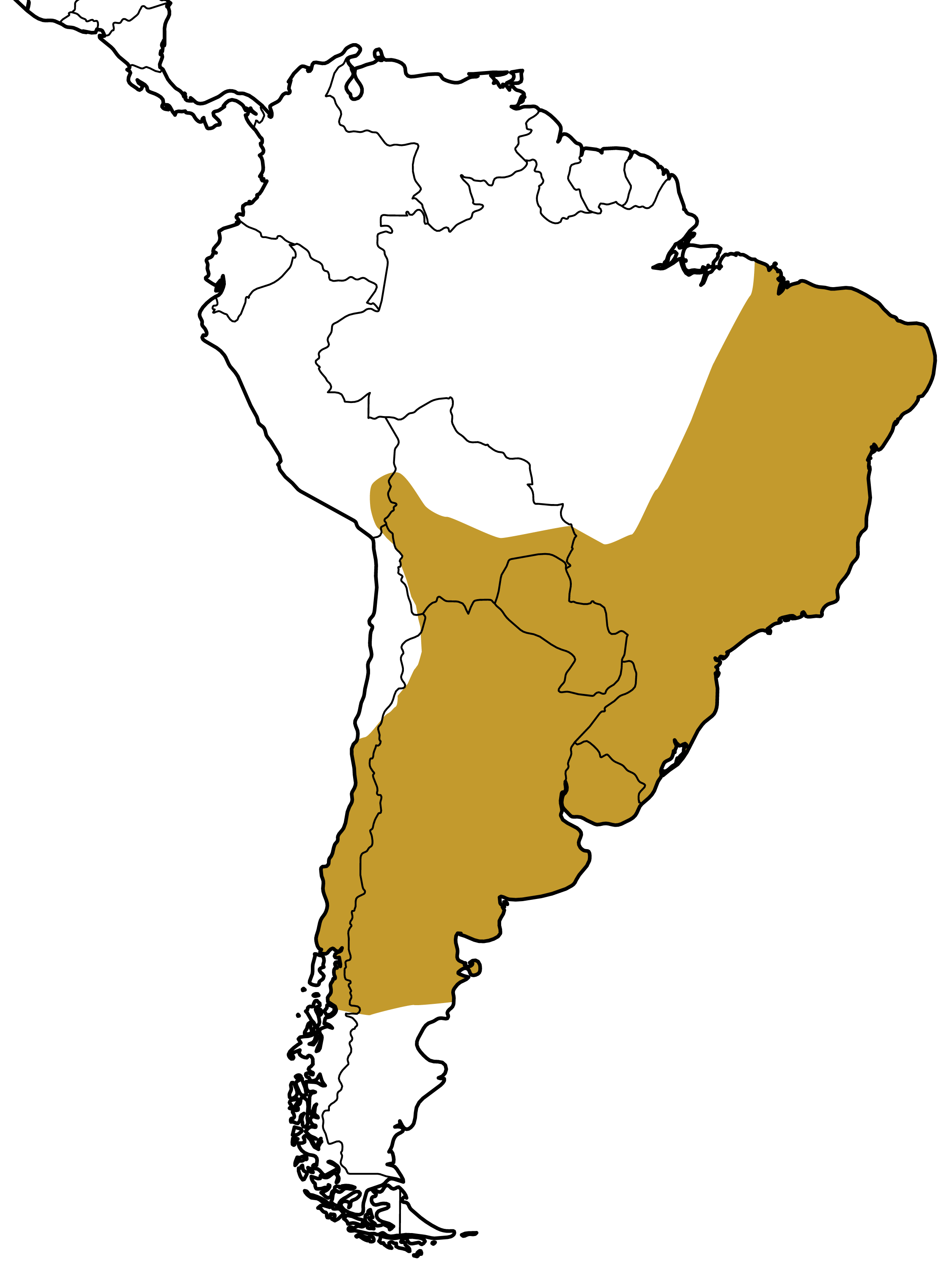lesser grison


The lesser grison has a whitish flash that separates the two colors on its body, giving the impression it is wearing a cape.
1,2kg to 2,5kg
27cm to 52cm
Important data
MAIN FEATURES
The lesser grison has a long, thin body. Its head is small and flat with wide, round ears. Its neck is long, chest is narrow, and its legs are short. It has a short, thick tail.
TOP THREATS
The main threats to the lesser grison are hunting, disease from domestic animals, fires and deforestation. Being runover is also a threat. The main predators are wolves, jaguarundi and margay, and other small cats.
DIET
Carnivores, they feed mainly on rodents, birds, frogs, lizards, snakes and eggs.REPRODUCTION
They are monogamous and the reproductive period is spring. The litter is up to two babies.BEHAVIOR
● Most active in the late afternoon and evening.
● Live near moist places, forests, and open areas, under tree trunks or stones, and in burrows they dig.
● They are monogamous, and often seen in pairs, or in small groups.
● They communicate through sounds.
HABITS
Predominantly active at night and in the twilight, with a living area of up to 24 km.
TRIVIA
Although small with short limbs, they are agile and fast, great climbers and they can swim.
Geographical distribution





